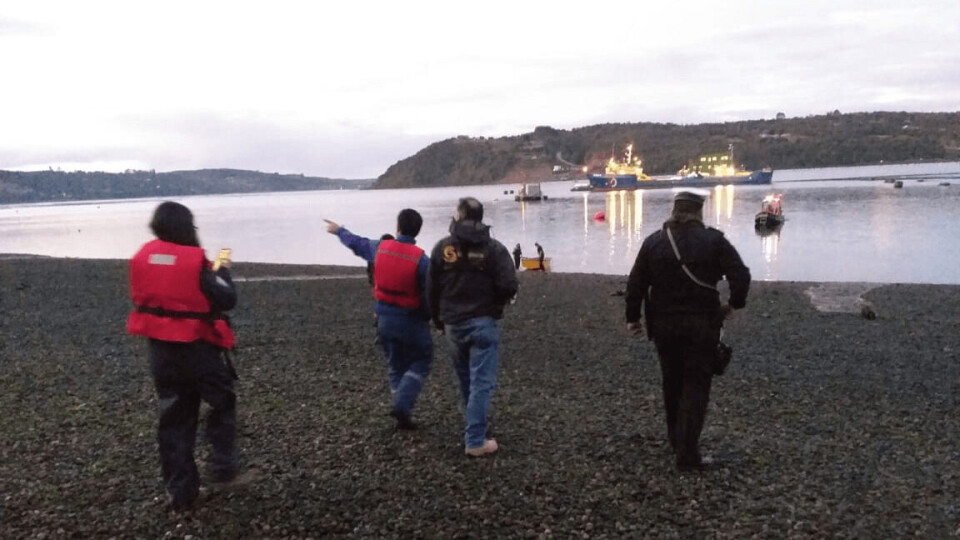
Rapid response to escape recaptures 20% of fish
Fishermen working for Chilean salmon farmer Salmones Aysén have helped recover around 5,000 of the 25,000 fish that were discovered to have escaped from a pen on a farm in the Calbuco area on Monday.
The fish escaped through a two-metre hole in the net of a pen containing 32,485 salmon.
Upon detecting the break, Salmones Aysén immediately activated its fish escape protocol which includes repair of the torn net, installation fish recapture nets around from farm, and in coordination with fishermen in the area, capturing the largest possible amount of escaped salmon.
20% netted in 48 hours
“Thanks to the support of the neighbours and fishermen in the area, approximately 20% of the escaped fish have been caught in the first 48 hours,” said company president Pablo Baraona.
“The salmon that remained in the cage in question were harvested yesterday afternoon from the Huito farm and will proceed today to our processing plant in Puerto Montt.”
Salmones Aysén originally estimated that 15,000 fish had escaped through the net tear, which was at a depth on 10 metres, but that number has been revised upwards towards 25,000 following harvest of the remaining fish.
Monitoring by boat
“With these figures, we can be more precise in that the escape represents approximately only 3% of the fish in the Huito farm. Today, stage 2 of the recapture process will begin, continuing with the recovery of salmon directly by the company, consisting of installing nets around the farm for 30 days,” said Baraona.
“Additionally, there will be a monitoring of the area in a boat for 15 days to observe and study the behaviour of the salmon that could still be in the area, in order to learn from this unfortunate event.
“We would like to thank the community of Calbuco for the support given in the work of catching fish, and also to highlight how the work and joint cooperation between public and private achieves very positive results.
Safe to eat
“We reiterate that the escaped fish do not constitute a risk for human consumption because they were authorised by the competent authority for harvesting and subsequent export, and had a Sernapesca certificate as free of antibiotics and antiparasitics.”
However, the fish caught by the company will be destined for a fishmeal reducing plant because they have lost their traceability.
Salmon farmers in Chile must recapture at least 10% of escaped fish to avoid automatic assumption by the authorities that “environmental damage” has been caused by an escape. Punishments for environmental damage can include heavy fines and the closure of a farm.






















































